Mathematical Paris
Posted by John Baez
I’m in Paris from July 1st to 19th. Just for fun, I’ve started taking pictures of streets named after mathematicians. Can you help me find more of these streets?
The day after I arrived was the day that exam scores were posted for all schools in France — from elementary schools to the Sorbonne. Students and some parents lined up, anxiously awaiting the results:
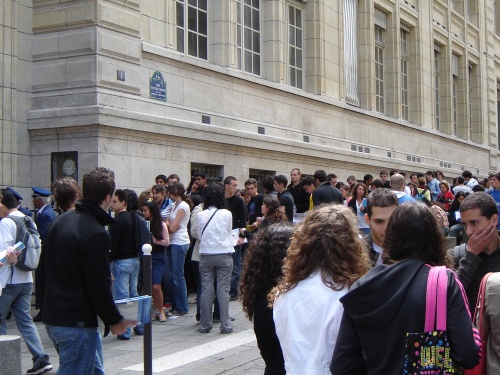
Perhaps it was no coincidence that many cars parked next to the Sorbonne had these fliers placed on their windshieds:
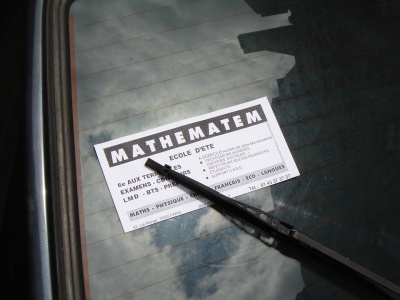
Indeed, Paris is a city of mathematicians. Just for fun, I began taking photographs of streets named after mathematicians… or more precisely, of the street signs. Today I got two:
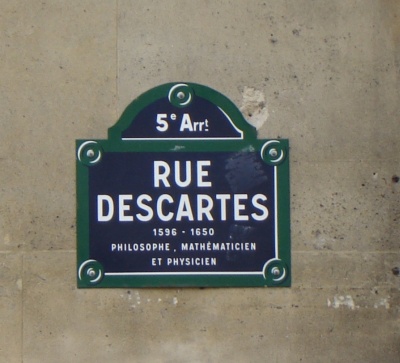
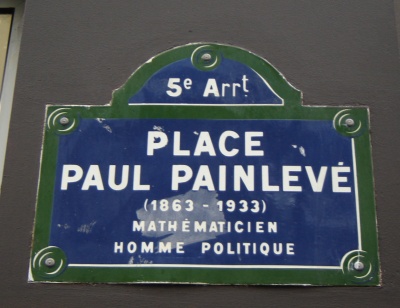
Descartes you surely know. Paul Painlevé may be best known as a politician in France, but mathematicians know him for his work on differential equations.
I need to get Rue Monge and Rue Laplace! Do you know more streets in Paris named after mathematicians — especially near the 5th and 6th arrondisements?

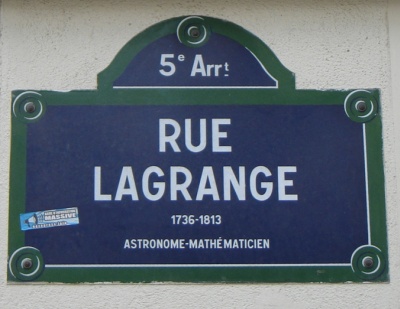
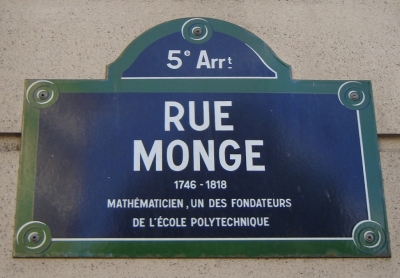
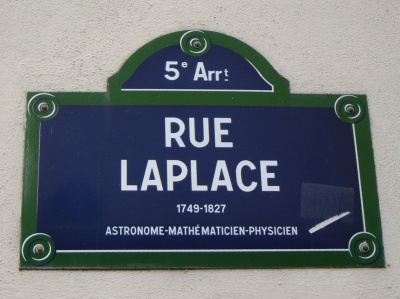
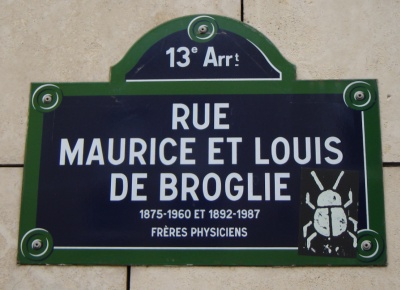
Re: Mathematical Paris
There’s the Rue Henri Poincaré, but it’s out in the .